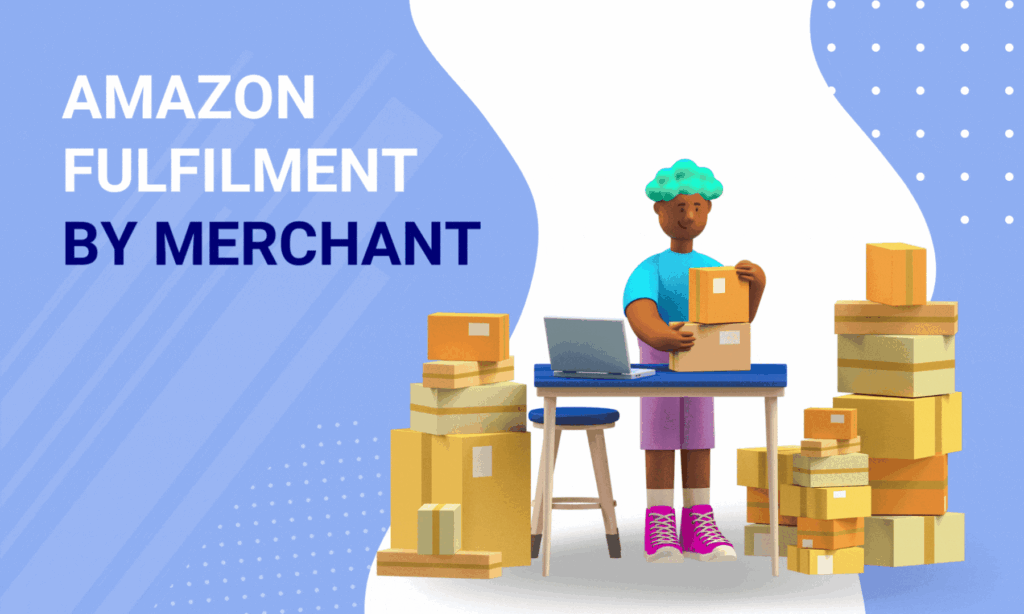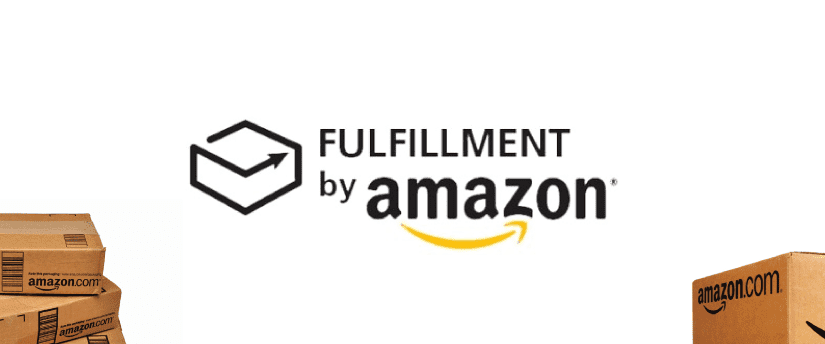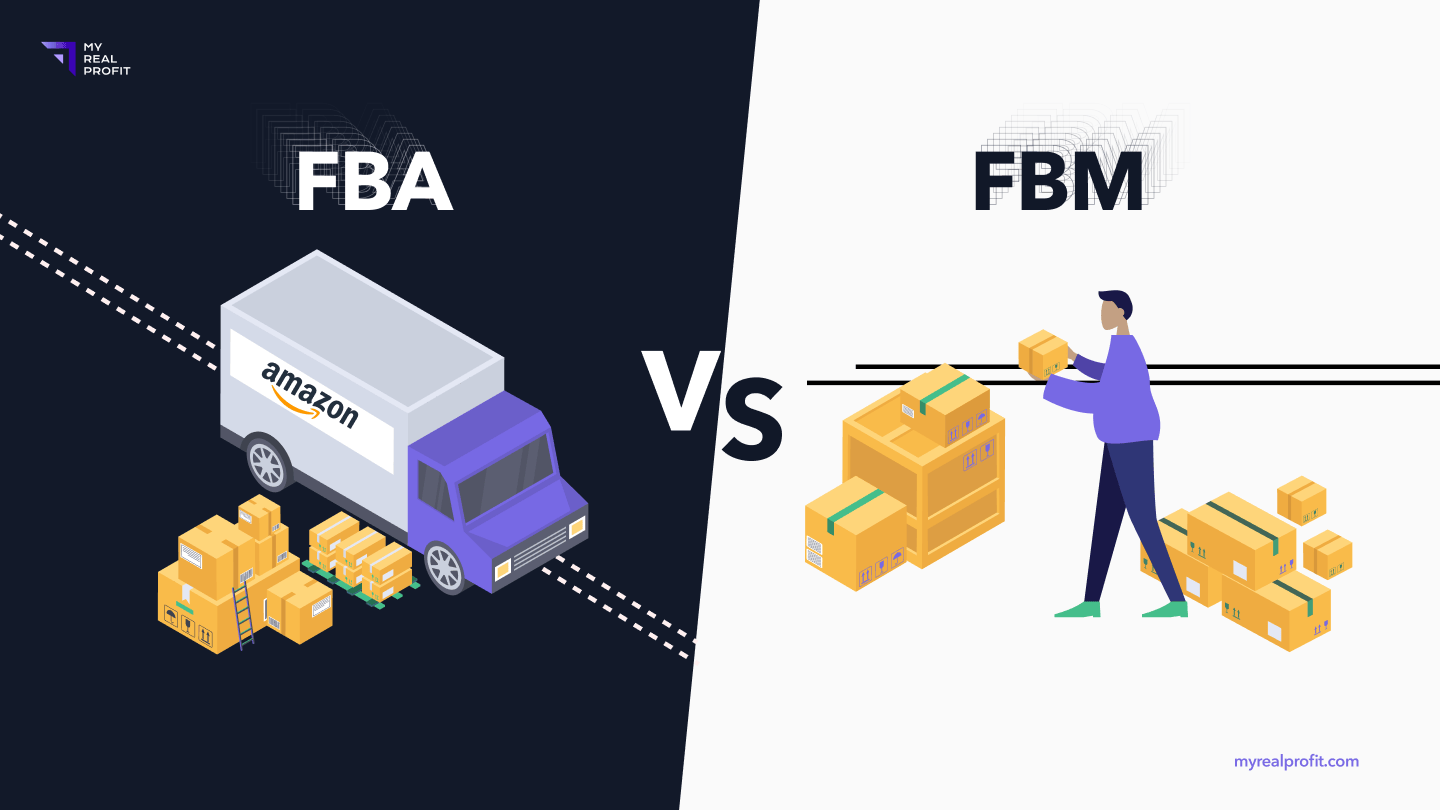Table of Contents

Amazon has revolutionized the way businesses sell their products online through its various fulfillment options, including Fulfillment by Merchant (FBM) and Fulfillment by Amazon (FBA). Both FBM and FBA have their own set of advantages and disadvantages, making it crucial for sellers to understand which option best suits their needs and business model.
Introduction to Amazon FBM and FBA
When it comes to selling products on Amazon, sellers have the option to either fulfill orders themselves (FBM) or utilize Amazon’s fulfillment services (FBA). Understanding the differences between these two models is essential for sellers looking to optimize their selling strategy on the platform.
Understanding Fulfillment by Merchant (FBM)

Fulfillment by Merchant (FBM) is a model where sellers are responsible for storing, packing, and shipping their products directly to customers. In this model, sellers retain full control over the entire fulfillment process, from inventory management to customer service.
Also Read :- Amazon FBM for Beginners: A Step-by-Step Guide
Pros and Cons of FBM
Pros:
- Greater control over inventory and shipping processes.
- Lower fulfillment costs for small-scale operations.
- Ability to personalize the packaging and branding of products.
Cons:
- Requires significant time and resources for order fulfillment.
- Limited access to Amazon Prime benefits, potentially impacting sales.
- Higher shipping costs for individual orders compared to bulk shipping.
Understanding Fulfillment by Amazon (FBA)

Fulfillment by Amazon (FBA) is a service provided by Amazon where sellers send their inventory to Amazon’s fulfillment centers. Amazon then takes care of the storage, packing, and shipping of orders on behalf of the seller. Additionally, FBA offers benefits such as Amazon Prime eligibility and customer service support.
Also Read :- Amazon FBM for Beginners: A Step-by-Step Guide
Pros and Cons of FBA
Pros:
- Outsourced fulfillment, freeing up time for sellers to focus on other aspects of their business.
- Access to Amazon Prime benefits, resulting in higher visibility and potential sales.
- Enhanced customer trust and satisfaction due to Amazon’s reliable shipping and customer service.
Cons:
- Higher fulfillment fees, including storage and pick-and-pack fees.
- Limited control over inventory management and order fulfillment processes.
- Risk of commingling inventory with other sellers, potentially leading to issues with product authenticity.
Comparing Amazon FBM and FBA

When deciding between FBM and FBA, sellers must consider various factors, including cost, convenience, and control.
Cost
FBM typically incurs lower fulfillment costs for small-scale operations, as sellers only pay for shipping and storage directly. In contrast, FBA involves higher fulfillment fees, including storage and pick-and-pack fees, but offers the potential for increased sales through Amazon Prime eligibility.
Convenience
FBA offers greater convenience for sellers by outsourcing the fulfillment process to Amazon. With FBA, sellers can focus on other aspects of their business while Amazon handles storage, packing, and shipping. However, FBM provides sellers with greater control over the fulfillment process and allows for personalized packaging and branding.
Control
FBM gives sellers full control over inventory management, shipping processes, and customer service. On the other hand, FBA involves relinquishing some control to Amazon, particularly concerning inventory storage and order fulfillment. Sellers must weigh the trade-offs between control and convenience when choosing between FBM and FBA.
Which is Better: Amazon FBM or FBA?
The decision between FBM and FBA ultimately depends on the specific needs and goals of the seller. While FBM offers greater control and lower fulfillment costs, FBA provides convenience, access to Prime benefits, and enhanced customer trust. Sellers should carefully evaluate their business requirements and consider the pros and cons of each fulfillment model before making a decision.
Factors to Consider When Choosing Between FBM and FBA
Several factors can influence the choice between FBM and FBA, including business size and scale, product type and volume, customer expectations, and budget constraints. Sellers should assess these factors and determine which fulfillment model aligns best with their overall business strategy and objectives.
Tips for Success with FBM or FBA
Regardless of whether sellers choose FBM or FBA, there are several strategies they can employ to maximize success on the Amazon platform. These include optimizing product listings, managing inventory effectively, providing excellent customer service, and leveraging Amazon advertising tools to increase visibility and sales.
Conclusion
In conclusion, both Fulfillment by Merchant (FBM) and Fulfillment by Amazon (FBA) offer unique advantages and challenges for sellers on the Amazon platform. The decision between FBM and FBA depends on various factors, including cost, convenience, and control. By carefully evaluating their business needs and goals, sellers can determine which fulfillment model is the best fit for their products and maximize their success on Amazon.
FAQs
- Is FBA more expensive than FBM?
- While FBA involves higher fulfillment fees, it may result in increased sales and access to Prime benefits, potentially offsetting the additional costs.
- Can I switch between FBM and FBA?
- Yes, sellers can switch between FBM and FBA based on their evolving business needs and preferences.
- Does FBA guarantee faster shipping times?
- FBA offers faster shipping times for Prime-eligible products, as orders are fulfilled by Amazon’s network of fulfillment centers.
- How does FBM impact customer trust?
- FBM allows sellers to maintain direct communication with customers and personalize the packaging and branding of products, which can enhance customer trust and satisfaction.
- What happens if my FBA inventory runs out?
- If your FBA inventory runs out, your products will become temporarily unavailable for purchase until you replenish your inventory at Amazon’s fulfillment centers.



Leave a Reply